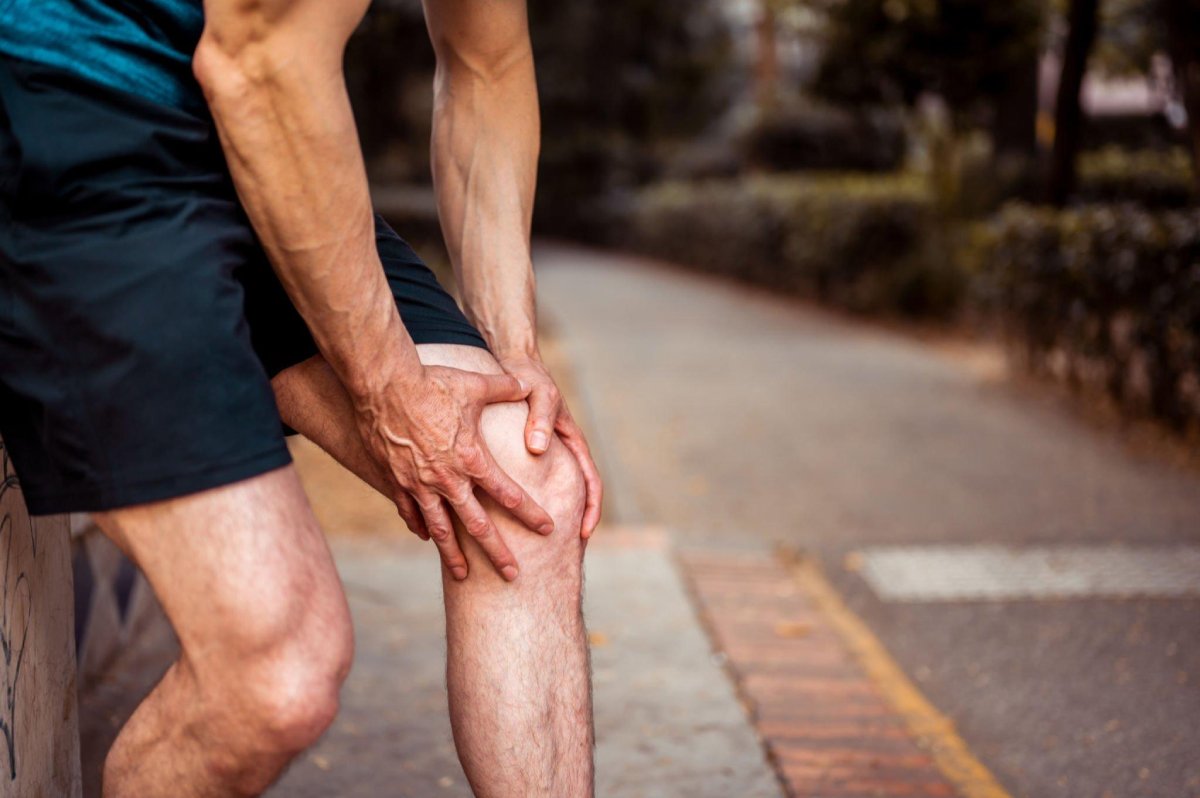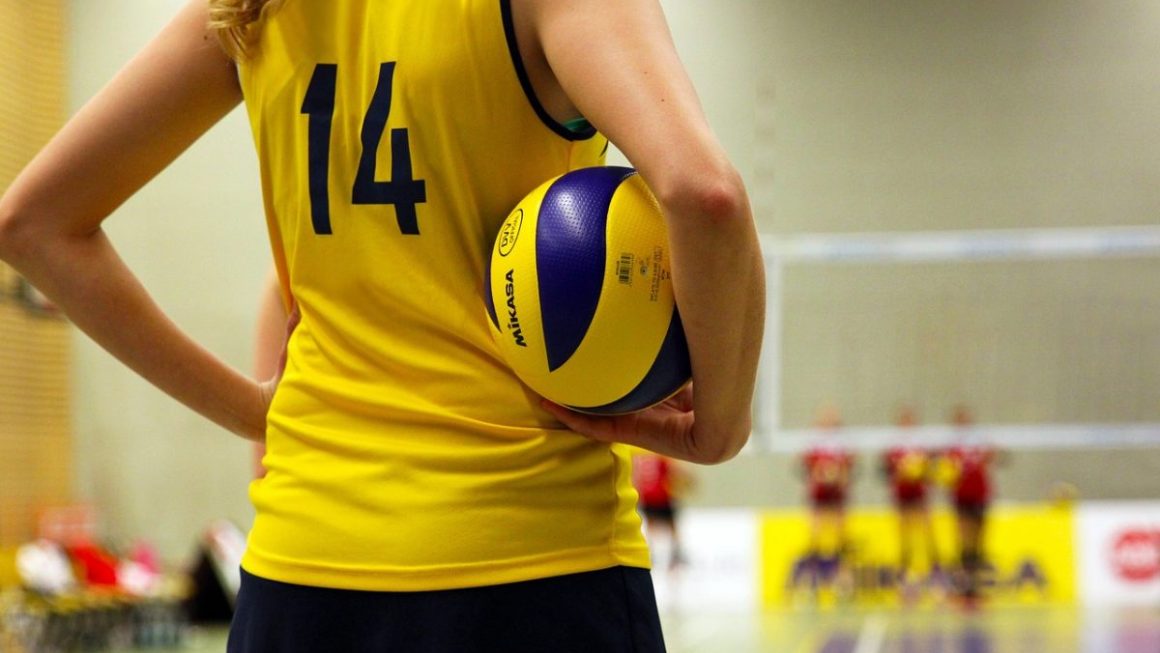It’s difficult to start exercising regularly, especially if after an intense workout the whole body hurts so much that it’s impossible to get out of bed and the only thing you want to do is to just play at Vave Casino or watch movies. Let’s figure out what you can do to relieve your condition.
If Your Muscles Are Already Sore
Usually muscle pain appears 6 to 12 hours after a workout and can last up to three days. This process is called crepature, or delayed muscle pain syndrome, and can be accompanied by muscle cramps and joint pain.
Here’s what will help relieve the pain:
- Any gentle exercise. Movement will help you feel better. This can be gentle stretching, swimming, or a light walk in the fresh air.
- Rest. You can give yourself time to recover – take a break of 1-2 days between workouts.
- compresses and lotions. Cold will help relieve swelling or inflammation, heat will relax the muscles. Instead of compresses you can use creams and gels: creams with menthol for cooling or with capsaicin for warming.
- Over-the-counter pain relievers. For example, ibuprofen or paracetamol – these will not help speed up the healing process, but will help make it easier to tolerate.
- A bath with salt. Such a procedure relaxes muscles and helps reduce pain.
- Massage. This treatment can help relieve muscle tension and improve blood flow. And it will lift your mood or at least reduce the level of stress.
What You Can Do Beforehand
Most likely, it’s not possible to be completely pain-free after an effective workout. But there are a few ways to minimize discomfort.
Warm up before a workout. Warming up and stretching help increase blood flow and prepare your muscles for an active workout. To be on the safe side, you can also end your workout with a stretch.
Train different muscle groups on different days. For those who want to exercise every day, you can try doing exercises for arms one day and legs the next. In this way, you will be able to give enough time for each muscle group to recover.
Exercise without rushing. Of course, you want your training progress to be fast and noticeable. But a smooth transition is much safer for health than attempts to move quickly to greater weights, speeds or distances.
Adhere to exercise technique. If the workout is done correctly and safely, muscles are less likely to be injured.
Drink more fluids, both during and after exercise. It’s better to choose plain clean water, you can add a slice of lemon or cucumber to it.
What to Do if Your Muscles Are Already Aching
The tips above are correct, but when you get up from the couch right now it’s like a feat, there’s no time for healthy sleep. Here’s what you can do to reduce post-workout muscle pain if your arms won’t bend right now and your legs refuse to walk.
Move more. The tenth step on sore legs is no longer as painful as the first step. And on the hundredth step, you don’t even notice the pain anymore. So the best way to relieve pain is to endure it.
If there is chest pain, exercise with an emphasis on stretching the pectoral muscles. Do simple physical exercises: side to side and up and down swings, stretching. The first reps should be calm and accurate (you won’t have it any other way, as it hurts), then the amplitude and sharpness of the movements should be gradually increased, eventually 5-10 minutes will be enough to feel relatively comfortable.
During the day, don’t linger either: get up more often to stretch your muscles. If you take long breaks and sit without moving, the muscles will “stagnate” and hurt with every movement as if it were the first time. This is why the muscles hurt the most in the morning-they are stagnant after hours of sleep.
Warm up well in a sauna. High temperature helps relieve muscle pain, but only in the moment. As soon as the body cools down to normal temperature, the pain will return. This advice can be used, but don’t count on it.
How to Tell the Difference Between a “Normal” Muscle Pain and an Injury
It happens that beginners write off an injury to a normal pain after a workout and make themselves worse. Or vice versa: there is no injury, but it hurts as if there is one. So we have to figure out which muscle pain is normal and which is worth worrying about.
A normal muscle pain is something you know about, but it doesn’t feel like something serious. It’s even pleasant to some extent – you feel a kind of pleasure when you stretch through this pain.
Such pain makes it difficult to move, but it doesn’t restrict movement. Let’s say if your chest muscles are sore after a workout, it will be a bit difficult to stretch your arms apart, but you’ll be able to do it.
Anxious muscle pain may be the result of serious injuries: sprains or torn ligaments, muscle injuries:
- It hurts even when you don’t move.
- Pain is so severe that it is impossible to move through it.
- Pain in a specific place. In normal recovery, the whole muscle group hurts, but if one place hurts, it looks like an injury.
- Pain doesn’t go away for a long time. Usually the pain peaks on the second or third day, and gradually subsides on the fourth or fifth day. If the pain doesn’t subside for a week, it’s time to take care of it.
If something is wrong, go to a specialist. It’s better to know that everything is normal than to suffer the consequences later.
When to Go to the Doctor
Muscle pain is a condition that usually does not require going to the doctor. But in some cases, you can’t do without the help of a specialist. You should seek medical help if you have pain:
- Lasts more than a week.
- Unbearable, interferes with movement and daily activities.
- It gets worse with physical exertion.
- Causes dizziness or difficulty breathing.
You should also consult a physician if signs of injury appear: redness or swelling, heat in inflamed muscles, pain in joints or bones.




